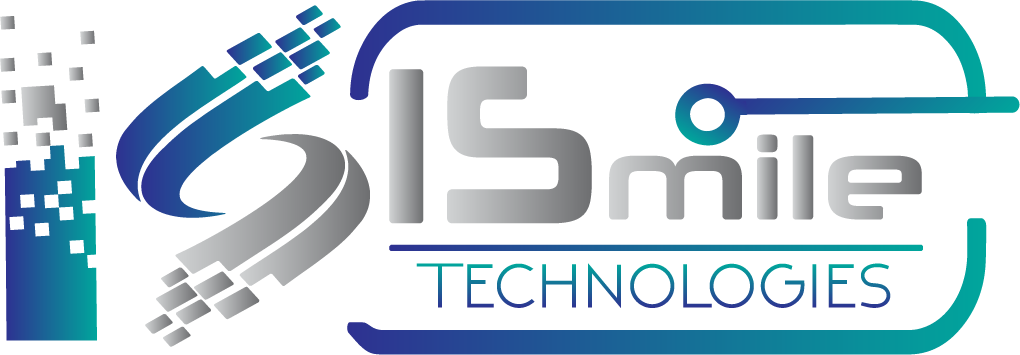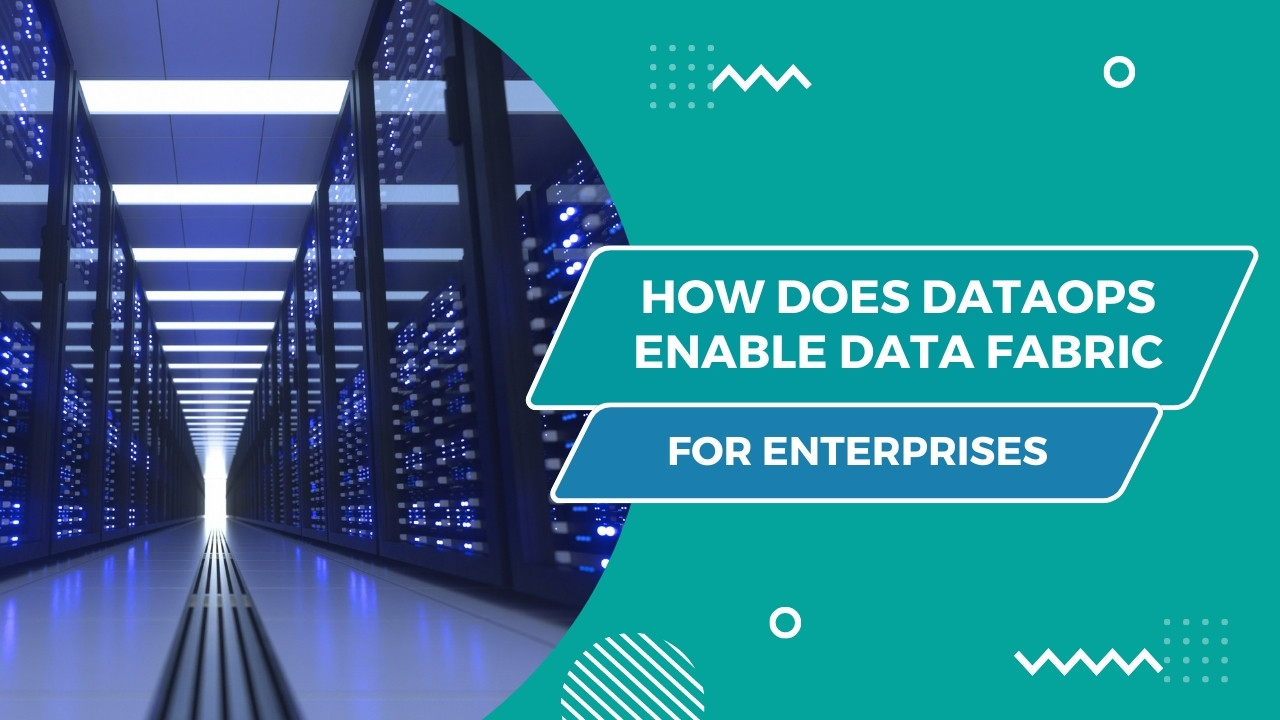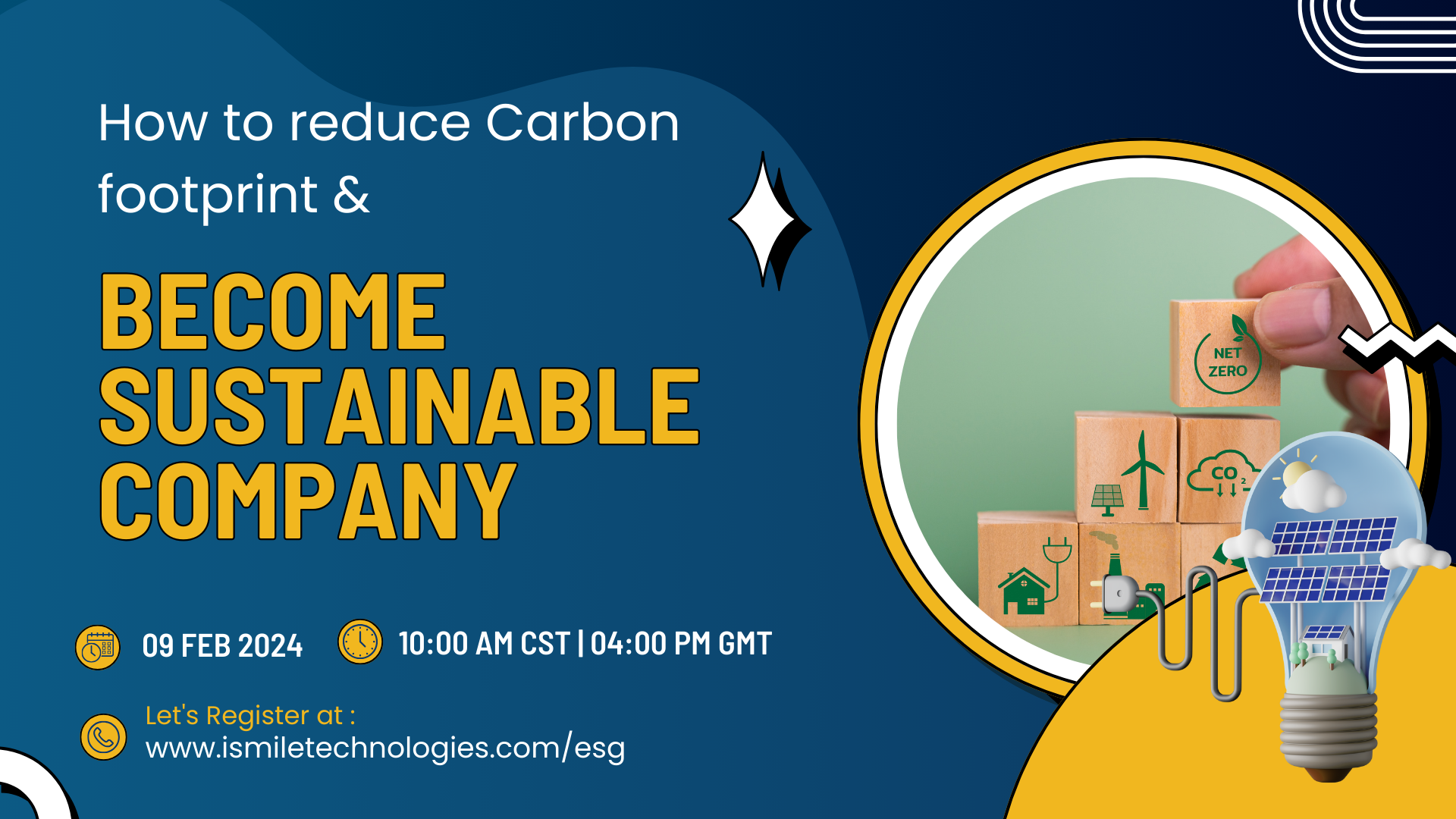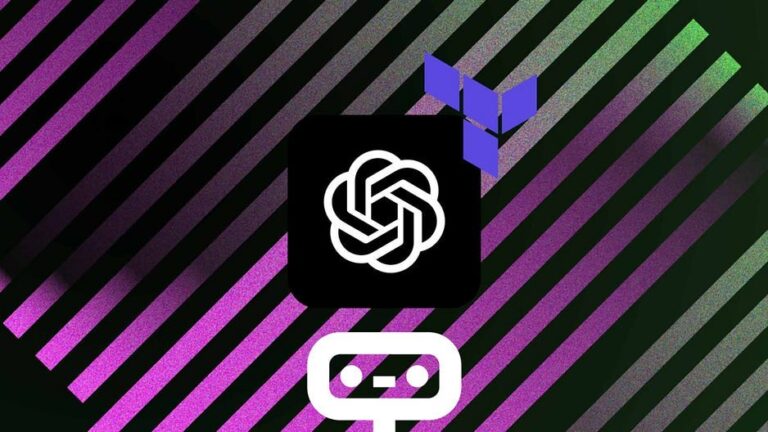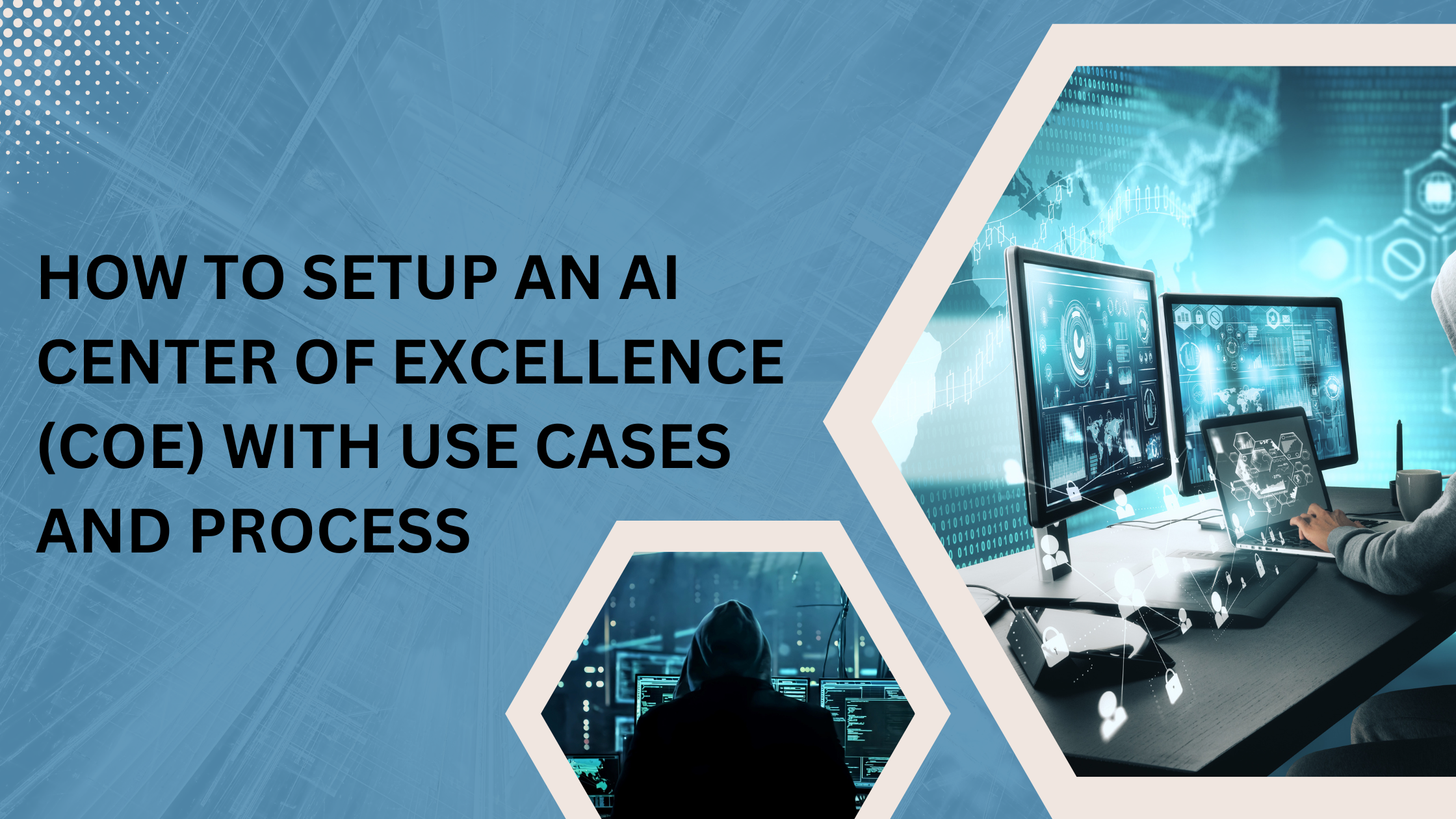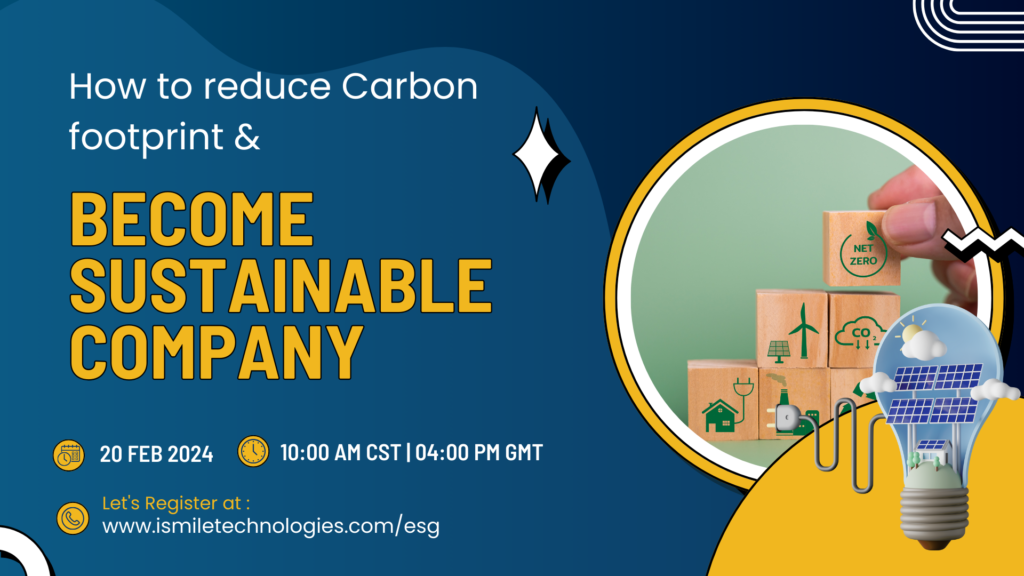Industry analysts who follow the data and analytics industry daily receive many inquiries about data fabrics from enterprise clients. Forrester Research says that out of 25,000 reports published by the company in the previous year, the reports on data fabrics were at the top and ranked in the top ten for downloading. Similarly, Gartner had included data fabrics in their top trends for the ‘data and analytics section in the previous year. If you look at it from the industry perspective, the topic of data fabrics is trendy.
What is a Data Fabric?
Searching the internet for data fabrics definition leads you to discussions of storage, AI augmenting tools, and other products. Furthermore, when people start discussing new technology in terms of its benefits, it becomes further challenging to understand the concept. For example, you will hear people saying that data fabrics address complexity, helps in eliminating silos, unifies toolchains, and help organizations get insights.
That’s all fine, but you can say the same thing about several other technologies, so these benefits don’t explain what data fabrics are and what it does do. Data organizations struggle with managing different data pipelines working on large, complicated, distributed data sets. Data fabrics offer a unified approach for managing the discord of heterogeneous toolchains being used for different data problems. So, it will be good to look at ‘Data fabrics’ as an architecture or design concept, not a specific set of tools.
Improve the Communication, Integration & Automation of data flow across your Organization
Calculate your DataOps ROI
Start with a DataOps Process Fabric
Data fabrics are helpful, but we think it will be wise to reach there with a DataOps “process fabric.” A process fabric is created by connecting all your existing tools and orchestrating your data pipelines and workflows through a DataOps superstructure. A DataOps process fabric helps connect people, processes, and tools into a giant web of interconnection. Once you have that in place, you can eliminate the bottlenecks.
If you are getting data errors leading to unplanned work, you can orchestrate a set of statistical and process controls to improve data sources and data processing. If it takes a long time to create development environments, then you can take the help of automation and orchestrate on-demand environment creation. You will have to take control of your data factory with the help of process orchestration.
DataOps leads to Data Fabric
A DataOps process fabric helps unify your various toolchains into a ladder of observable orchestrations called meta-orchestration. Once this part is done, your teams can do their local orchestrations without going into all of the task coordination, which makes inter-team collaboration difficult. A process fabric helps unify your existing tools and prepares a platform on which you can remove bottlenecks.
The DataOps process fabric provides you control over technologies so you can grow incrementally to help you achieve your goals. While some people see data fabrics as a clear path to DataOps, we believe the opposite is more workable. A DataOps process fabric is a great strategy to evolve towards data fabric.
ISmile Technologies helps you to optimize your data to be trust-worthy & business-ready with its DataOps managed services. We provide seamless DataOps managed services for your entire data pipeline. Talk to us for a free assessment. Talk to us for a free assessment.
